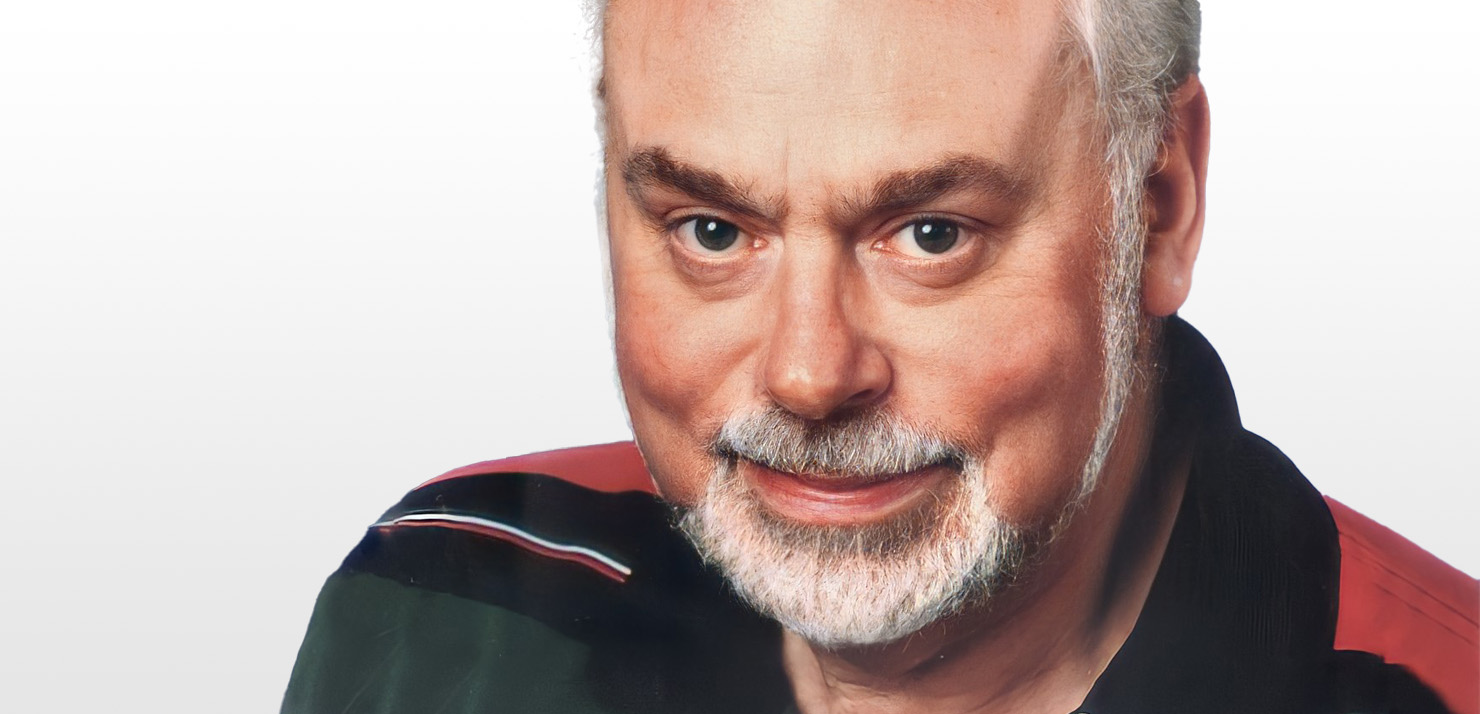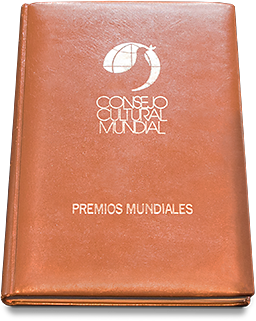
 Albert Einstein World Award of Science 2007
Albert Einstein World Award of Science 2007
Field of Research: Chemistry and Molecular Nanotechnology
Date: 24 Nov 2007
Place of Ceremony: University Theater
Host Institution: Universidad Autónoma de Nuevo León
Host Country: Monterrey, Nuevo León, México
The 2007 Albert Einstein World Award of Science has been granted to Prof. J. Fraser Stoddart, Professor of Chemistry and the Fred Kavli Chair in NanoSystems Sciences at the University of California, Los Angeles, USA. The members of the Interdisciplinary Committee of the World Cultural Council make this recognition for his outstanding and pioneering work in molecular recognition and self-assembly and the introduction of quick and efficient template-directed synthetic routes to mechanically interlocked molecular compounds, which have changed the way chemists think about molecular switches and machines.
The Prize offered to Prof. Stoddart also recognizes the educational impact that he has developed, being responsible for putting chemists at the forefront of the burgeoning field of nanoscience and nanotechnology; impacting and inspiring several generations of scientists, and taken discoveries from key fundamental observations to important technological advances.
Prof. J. Fraser Stoddart is considered as one of the few chemists to have created a new field of chemistry over the past quarter century by introducing an additional bond — the mechanical bond — into chemical compounds and a determining feature in dictating their unique properties. His choice of viologen and tetrathiafulvalene subunits for many of these mechanically interlocked compounds was ingenious. Not only did the choice allow him to use weak noncovalent interactions to template the assembly of the molecular structures, but their redox properties allowed him to pioneer the concept of mechanical bonds that could be driven by external means, namely by light, electricity and chemicals. He has forged some very strong collaborations to evaluate how those exotic chemical compounds behave in the context of memory and logic in molecular electronic devices and as actuators in artificial molecular machines.
Many in the nanoscience community feel that these mechanically interlocked compounds are going to be the key to advancing the promising fields of molecular electronics and NanoElectroMechanical Systems (NEMS).
Prof. Stoddart pioneered the use of molecular recognition and self-assembly to create mechanically interlocked compounds called catenanes (which consist of two or more interlocked rings, as in the links of a chain) and rotaxanes (dumbbell-shaped components with at least one ring threaded in a manner reminiscent of an abacus). Although in the first generation of these exotic molecular compounds, the components, which move relatively between two states, were indistinguishable, in the second generation, stability was introduced, resulting in the making of the world’s tiniest on/off switches, measuring roughly 1 cubic nanometer in volume. Since then, these molecular switches have been incorporated at high densities into molecular random access memory (RAM) circuits.
The scope of Prof. Stoddart’s research has broadened over the years — under the umbrella of activities he calls “molecular Meccano” (a reference to the children’s model-construction kit) — as a result of introducing the two-state molecular switches into devices where actuation becomes the key to their operation.
As an example, Prof. Stoddart designed and constructed nanovalves that consist of moving parts in the form of numerous switchable rotaxane molecules attached to a tiny sphere of porous glass roughly 500 nanometers in diameter. The channels in the porous glass are long, but they are only a few nanometers in diameter, just big enough to allow small molecules to enter. These nanovalves, which are much smaller than living cells, are capable of crossing cell membranes and are now being adapted for use as highly targeted drug-delivery systems for cancer cells, as well as for harvesting the contents of such cells, after the fashion of a lunar-landing vehicle collecting samples of dust from the surface of the moon.
He was born in Edinburgh, Scotland, in 1942, received his bachelor of science (1964) and Ph.D. (1966) degrees from the University of Edinburgh. He moved to the University of Birmingham in 1990, where he had been a professor of organic chemistry since 1990 and had headed the University’s School of Chemistry since 1993. In 1997 he moved to the University of California, Los Angeles. In 2005, he received an honorary doctor of science degree from the University of Birmingham, and he received the same honor from the University of Twente in the Netherlands in December 2006.
Prof. Fraser Stoddart is a fellow of the Royal Society (1994), the German Academy of Natural Sciences (1999), the American Association for the Advancement of Science (2005) and the Science Division of the Royal Netherlands Academy of Arts and Sciences (2006).
His work has been recognized by many awards, this year he was knighted by the Queen of England (Knight Bachelor) and received the 2007 King Faisal International Prize in Science, the 2007 Tetrahedron Prize for Creativity in Organic Chemistry, and the 2008 Arthur C. Cope Award from the American Chemical Society.
Accordingly to ISI (Institute for Scientific Information), Prof. Stoddart is the third most cited chemist in the world. He has more than 60 major international honors and named lectureships under his belt. He has published more than 790 communications, papers and reviews, and has delivered more than 700 invited lectures around the world.
His major contributions have identified important new directions for chemistry, creating an entirely new school of thought that interfaces the largest subdiscipline in chemistry with the field of nanoscience and nanotechnology.


